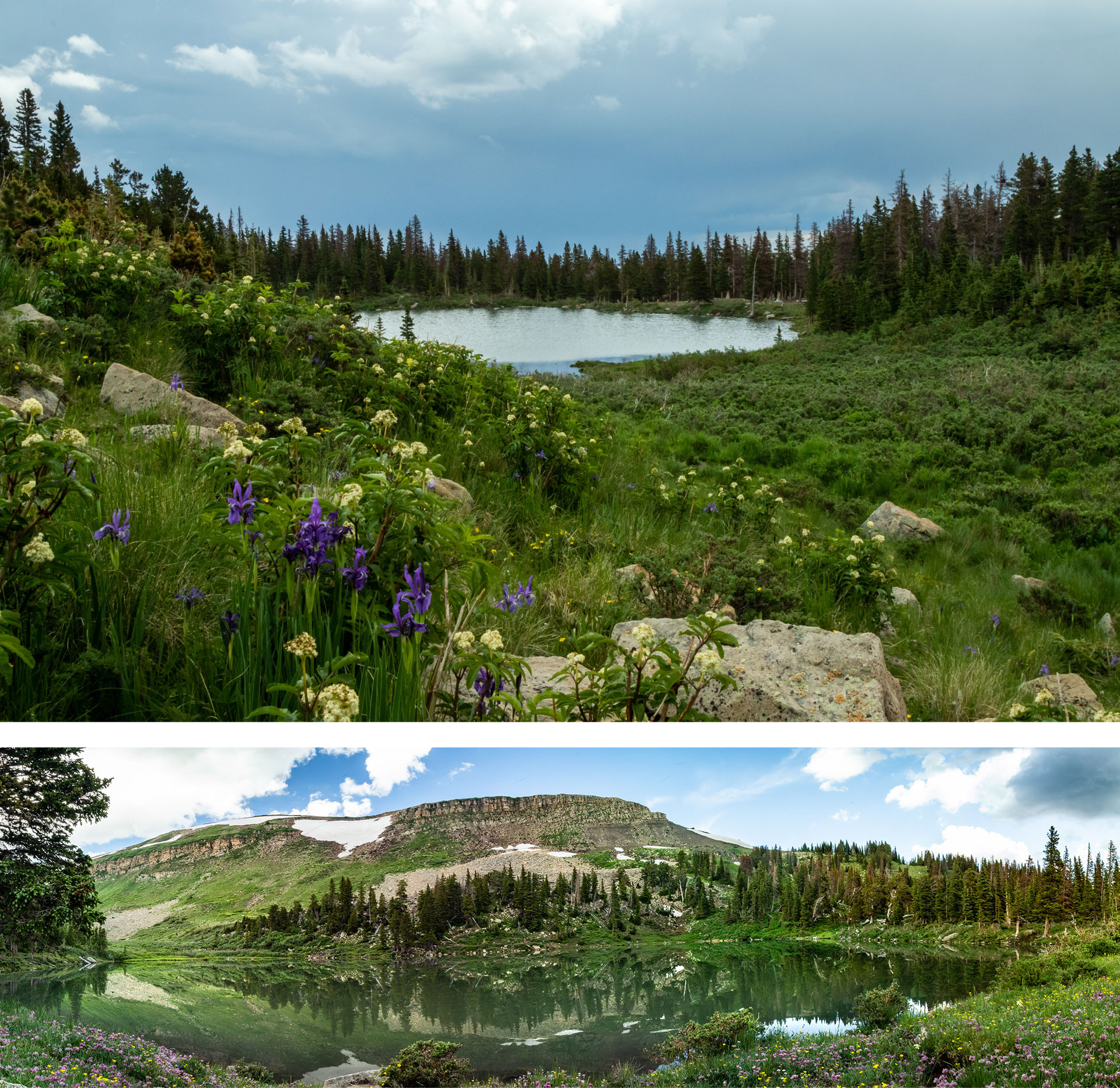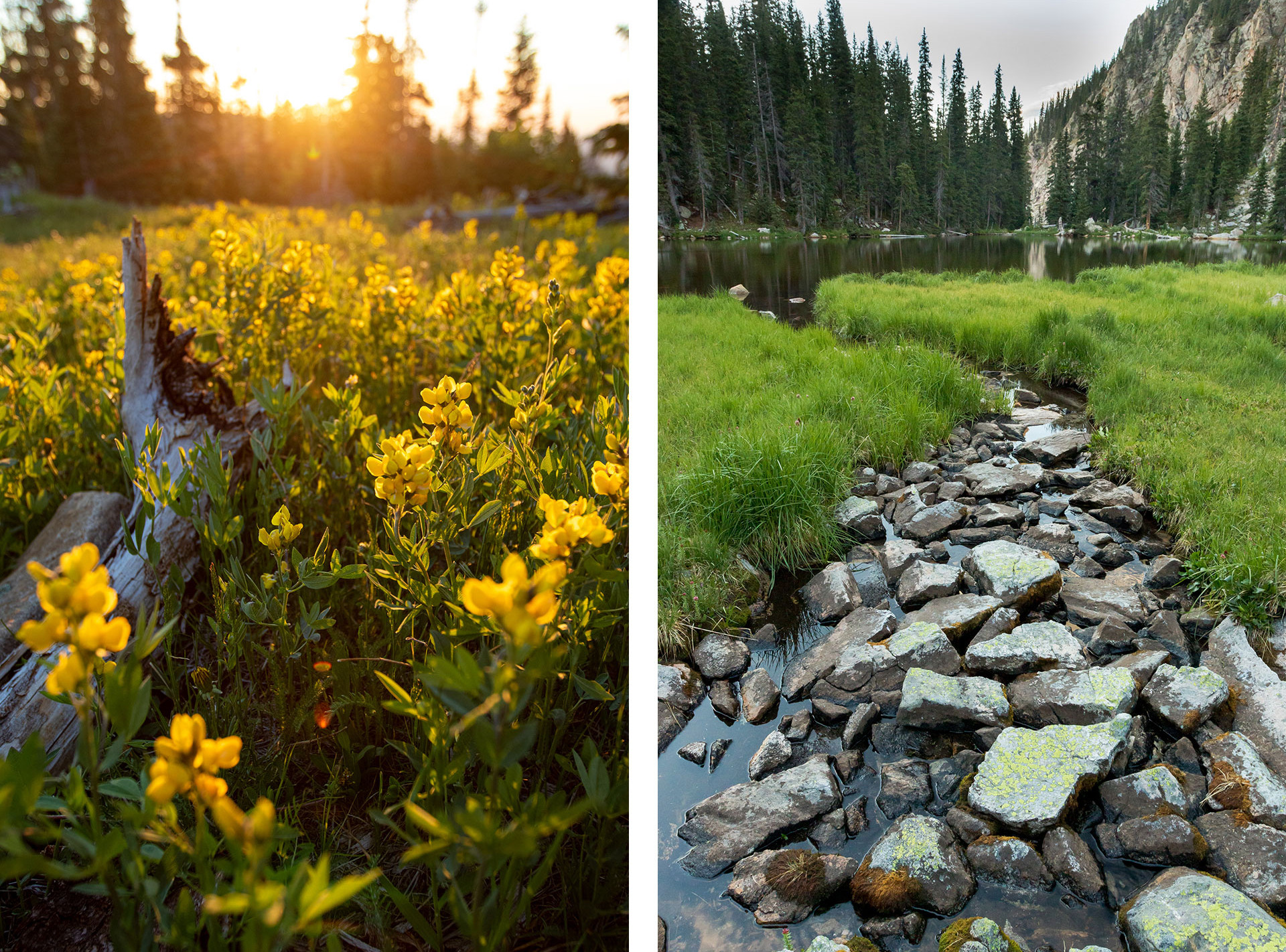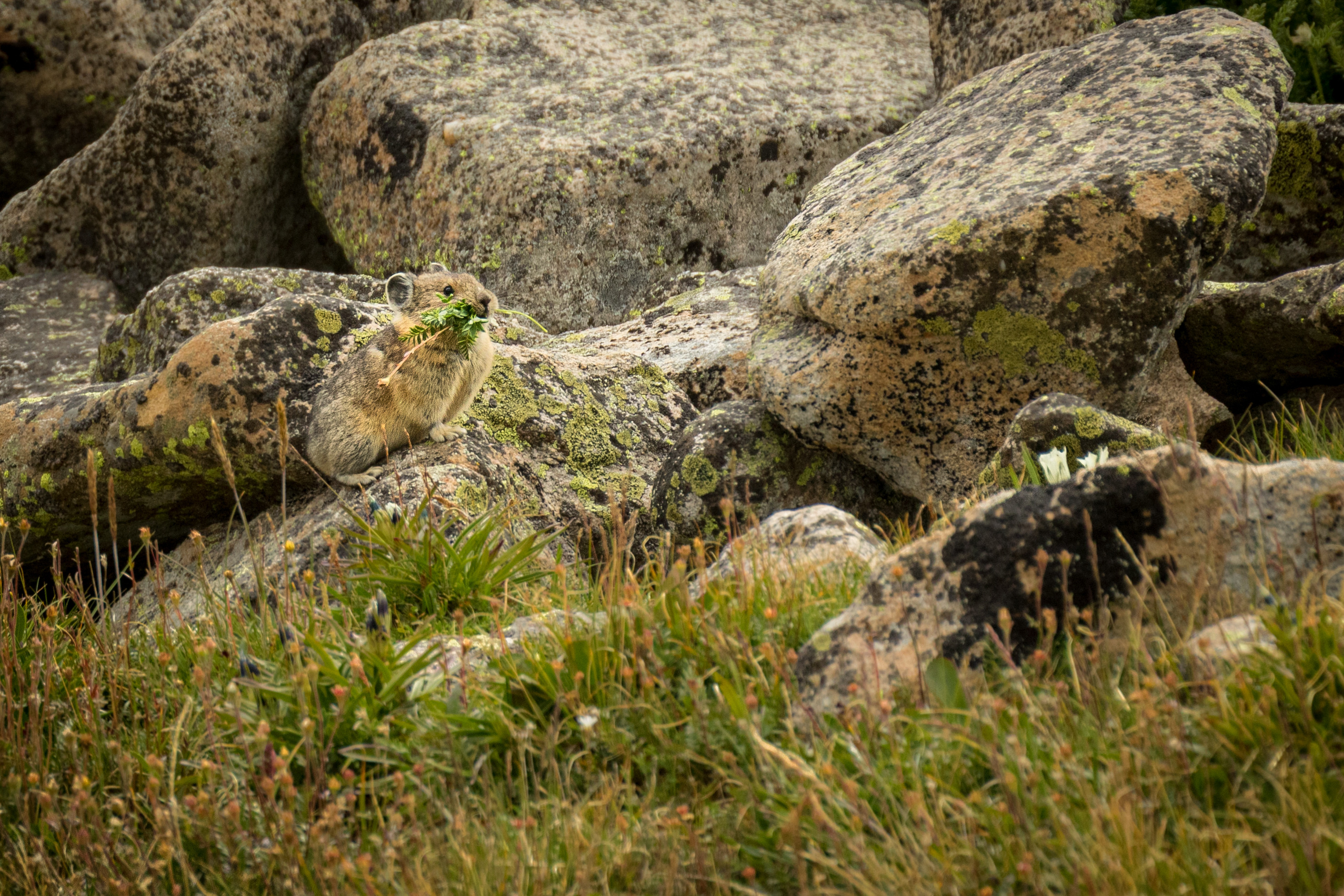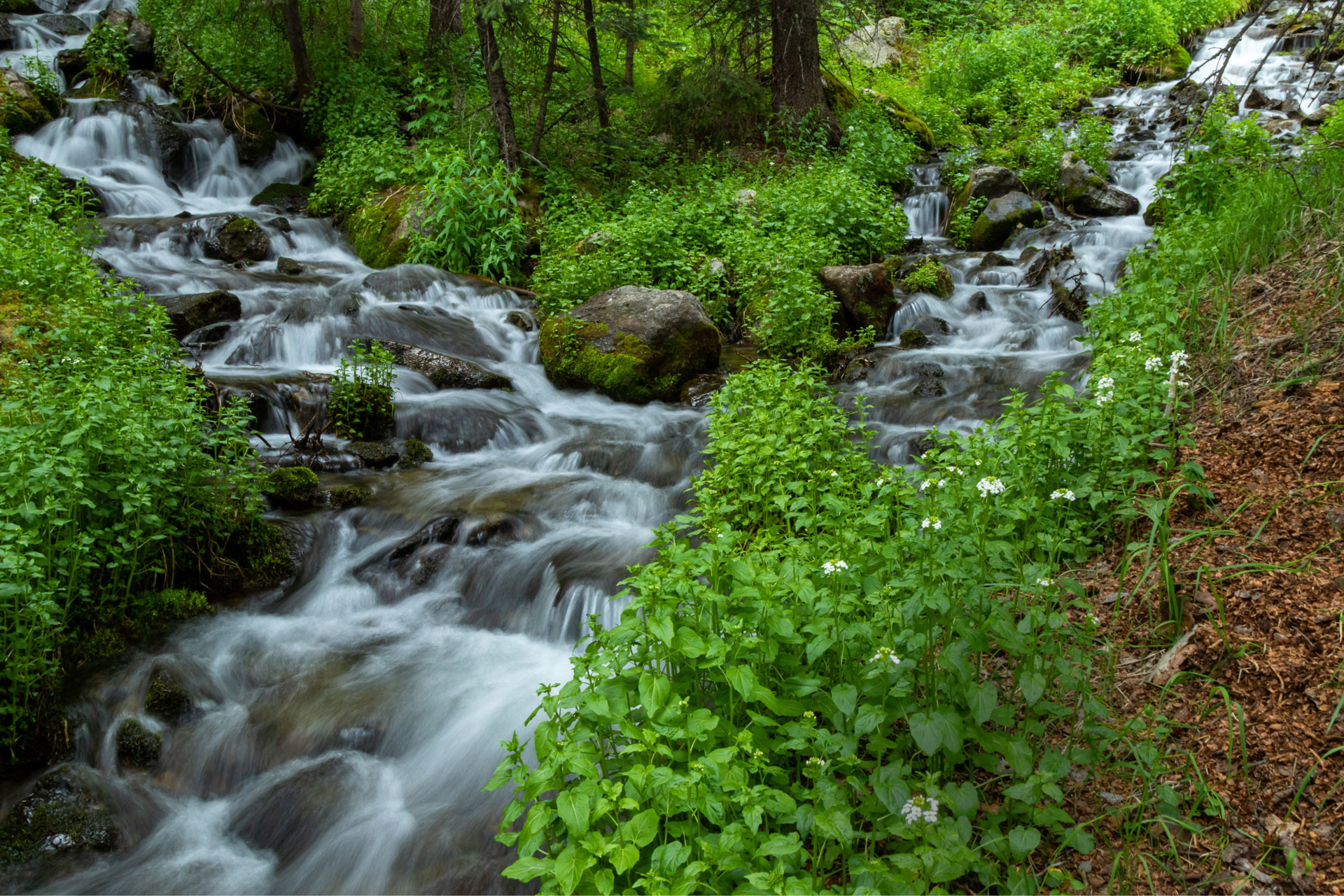Are you an LGBTQ+ traveler looking for the best places to stay in New Mexico while enjoying scenic hikes? This guide, brought to you by gaymexico.net, helps you discover LGBTQ+-friendly accommodations near the most breathtaking hiking trails in New Mexico, ensuring a memorable and welcoming experience. With the right planning, your hiking trip can be truly unforgettable.
1. What Are The Best LGBTQ+-Friendly Towns To Stay In New Mexico For Hiking?
The best LGBTQ+-friendly towns to stay in New Mexico for hiking include Santa Fe, Taos, and Albuquerque. These cities offer a welcoming atmosphere, diverse lodging options, and easy access to some of New Mexico’s most stunning hiking trails. These locations not only provide a safe and accepting environment but also serve as excellent base camps for exploring the natural beauty of the state.
- Santa Fe: Known for its art scene and inclusive community, Santa Fe is close to trails in the Sangre de Cristo Mountains. The city boasts numerous hotels, guesthouses, and vacation rentals that cater to LGBTQ+ travelers.
- Taos: This town offers a mix of outdoor adventures and cultural experiences, with hiking trails leading to alpine lakes and mountain peaks. Taos provides a variety of lodging options, from cozy bed and breakfasts to luxurious resorts.
- Albuquerque: As New Mexico’s largest city, Albuquerque offers a wide range of accommodations and easy access to hiking in the Sandia Mountains. The city has a vibrant LGBTQ+ scene and many welcoming establishments.
These towns also provide a range of services and amenities tailored to the LGBTQ+ community, making your stay comfortable and convenient. You can find LGBTQ+-owned businesses, community centers, and events that celebrate diversity and inclusion.
2. Which Hiking Areas In New Mexico Offer LGBTQ+-Friendly Accommodations?
Several hiking areas in New Mexico offer LGBTQ+-friendly accommodations, including those near the Pecos Wilderness, the Carson National Forest, and the Gila National Forest. These areas provide a range of lodging options that cater to LGBTQ+ travelers, ensuring a comfortable and welcoming experience. Staying near these areas allows you to fully immerse yourself in the natural beauty of New Mexico while enjoying peace of mind.
- Pecos Wilderness: This area is close to Santa Fe and offers numerous hiking trails and LGBTQ+-friendly accommodations in nearby towns.
- Carson National Forest: Near Taos, this forest provides stunning hiking opportunities and welcoming lodging options in Taos and surrounding areas.
- Gila National Forest: In southwestern New Mexico, this forest offers a more remote hiking experience with LGBTQ+-friendly accommodations in Silver City.
These areas not only provide beautiful landscapes and challenging trails but also ensure you have access to services that support and welcome the LGBTQ+ community. Look for accommodations that have positive reviews from LGBTQ+ travelers and that actively promote inclusivity.
3. Are There Specific Hotels Or Lodges In New Mexico That Are Known For Being LGBTQ+-Welcoming Near Hiking Trails?
Yes, several hotels and lodges in New Mexico are known for being LGBTQ+-welcoming and are located near popular hiking trails. These establishments prioritize inclusivity and provide a safe and comfortable environment for all guests. Choosing these accommodations can enhance your hiking experience by providing a sense of belonging and acceptance.
| Accommodation | Location | Proximity to Hiking Trails | Amenities |
|---|---|---|---|
| La Fonda on the Plaza | Santa Fe | Close to trails in the Sangre de Cristo Mountains | Historic hotel, spa, fine dining, rooftop terrace |
| Mabel Dodge Luhan House | Taos | Near trails in the Carson National Forest | Historic inn, workshops, retreats, garden |
| Hotel Chaco | Albuquerque | Easy access to trails in the Sandia Mountains | Modern hotel, cultural experiences, rooftop restaurant |
| Bear Creek Motel | Pinos Altos (near Silver City) | Gila National Forest | Cabins, full kitchen, free wifi, outdoor space |
These hotels and lodges are not only known for their welcoming atmosphere but also for their commitment to providing excellent service and amenities. You can enjoy comfortable rooms, delicious food, and convenient access to hiking trails, making your stay both relaxing and adventurous.
 Rocky Mountain iris blooms near North Fork Lake. North Fork Lake, in the Pecos Wilderness. Photograph by Christina Selby.
Rocky Mountain iris blooms near North Fork Lake. North Fork Lake, in the Pecos Wilderness. Photograph by Christina Selby.
4. What Type Of Hiking Trails Can I Find Near LGBTQ+-Friendly Accommodations In New Mexico?
Near LGBTQ+-friendly accommodations in New Mexico, you can find a variety of hiking trails, including alpine trails, desert trails, and forest trails. These trails offer diverse landscapes and varying levels of difficulty, ensuring there is something for every hiker. Whether you are looking for a challenging climb or a leisurely stroll, New Mexico has a trail for you.
- Alpine Trails: Located in the higher elevations of the Sangre de Cristo Mountains, these trails offer stunning views and challenging climbs.
- Desert Trails: In southern New Mexico, these trails provide a unique hiking experience through arid landscapes with unique rock formations and plant life.
- Forest Trails: Found in the Gila and Carson National Forests, these trails wind through lush forests and offer a more shaded and moderate hiking experience.
These diverse trail options allow you to explore different ecosystems and landscapes, all while staying in LGBTQ+-friendly accommodations that provide a safe and welcoming base for your adventures. Be sure to check trail conditions and difficulty levels before heading out, and always pack appropriate gear and supplies.
5. How Can I Ensure My Safety As An LGBTQ+ Hiker In More Remote Areas Of New Mexico?
To ensure your safety as an LGBTQ+ hiker in more remote areas of New Mexico, plan your routes carefully, inform someone of your itinerary, and carry essential safety gear. While New Mexico is generally welcoming, it’s always wise to be prepared, especially in remote areas. By taking these precautions, you can enjoy your hiking experience with peace of mind.
- Plan Your Routes: Research trails and conditions beforehand, and choose routes that match your skill level.
- Inform Someone: Let a friend or family member know your hiking plans, including your route and expected return time.
- Carry Safety Gear: Pack essentials such as a first-aid kit, navigation tools, extra food and water, and a communication device.
Additionally, consider hiking with a group or joining a local hiking club, as there is safety in numbers. Being prepared and aware of your surroundings will help you have a safe and enjoyable hiking experience in New Mexico’s remote areas.
6. What Are Some Tips For Finding LGBTQ+-Friendly Businesses And Services Near Hiking Destinations In New Mexico?
To find LGBTQ+-friendly businesses and services near hiking destinations in New Mexico, utilize online resources like gaymexico.net, look for local LGBTQ+ community centers, and check for rainbow decals or other indicators of support. These resources can help you identify businesses that are welcoming and supportive of the LGBTQ+ community, enhancing your overall experience.
- Online Resources: Websites like gaymexico.net provide listings and reviews of LGBTQ+-friendly businesses in New Mexico.
- Community Centers: Local LGBTQ+ community centers often have information on welcoming businesses and services in the area.
- Indicators of Support: Look for rainbow decals or signs indicating a business is LGBTQ+-friendly.
By using these resources, you can support businesses that actively promote inclusivity and create a welcoming environment for all travelers. This not only enhances your own experience but also contributes to a more inclusive and accepting community in New Mexico.
 Golden banner blossoms near Serpent Lake, Nambé Lake, New Mexico Magazine
Golden banner blossoms near Serpent Lake, Nambé Lake, New Mexico Magazine
7. Are There Any LGBTQ+ Hiking Groups Or Events In New Mexico?
While specific LGBTQ+ hiking groups or events in New Mexico may vary, checking local LGBTQ+ community centers and online forums can help you discover organized hiking activities. Joining a group can enhance your safety and provide a sense of community while exploring New Mexico’s beautiful trails. Participating in these events can create memorable experiences and foster connections with like-minded individuals.
- LGBTQ+ Community Centers: These centers often host or promote LGBTQ+ friendly outdoor activities.
- Online Forums: Websites and social media groups dedicated to LGBTQ+ interests may list local hiking events.
- Local Hiking Clubs: Some hiking clubs are inclusive and welcoming to LGBTQ+ members.
Participating in organized hiking activities not only ensures safety in numbers but also provides an opportunity to meet new people and share experiences. Be sure to check event details and confirm their inclusivity policies before joining.
8. What Is The Best Time Of Year To Hike In New Mexico To Avoid Extreme Weather Conditions?
The best time of year to hike in New Mexico is during the spring (April-May) and fall (September-October) months, as these seasons offer milder temperatures and fewer weather extremes. These periods provide comfortable hiking conditions and allow you to fully enjoy the natural beauty of the state without the discomfort of extreme heat or cold.
- Spring (April-May): Temperatures are moderate, and wildflowers are in bloom, making for a scenic hiking experience.
- Fall (September-October): The weather is mild, and the fall foliage adds a beautiful backdrop to your hikes.
During the summer months, temperatures can soar, especially in desert areas, making hiking less enjoyable and potentially dangerous. Winter can bring heavy snow and icy conditions in the higher elevations, requiring specialized gear and experience. Planning your hikes during the spring or fall ensures a more pleasant and safe experience.
9. Can I Find Guided Hiking Tours In New Mexico That Are LGBTQ+-Friendly?
Yes, you can find guided hiking tours in New Mexico that are LGBTQ+-friendly by researching tour operators known for their inclusive practices and positive reviews from LGBTQ+ travelers. Opting for a guided tour can enhance your hiking experience by providing expert knowledge, ensuring safety, and offering a welcoming environment.
- Research Tour Operators: Look for tour operators that have a history of inclusivity and positive feedback from LGBTQ+ clients.
- Check Reviews: Read online reviews to get insights into the experiences of other LGBTQ+ travelers with specific tour operators.
- Inquire About Policies: Contact tour operators to ask about their inclusivity policies and how they cater to LGBTQ+ guests.
Choosing a guided tour that is LGBTQ+-friendly can provide a more enriching and comfortable experience, allowing you to fully enjoy the natural beauty of New Mexico without worrying about discrimination or bias.
10. What Resources Does Gaymexico.net Offer For LGBTQ+ Travelers Planning A Hiking Trip To New Mexico?
Gaymexico.net offers a variety of resources for LGBTQ+ travelers planning a hiking trip to New Mexico, including detailed guides on LGBTQ+-friendly destinations, listings of welcoming accommodations, and tips for ensuring a safe and enjoyable trip. This website serves as a comprehensive resource for planning your adventure with confidence and peace of mind.
- Destination Guides: Detailed information on LGBTQ+-friendly towns and hiking areas in New Mexico.
- Accommodation Listings: A curated list of hotels, lodges, and vacation rentals that welcome LGBTQ+ guests.
- Safety Tips: Advice on how to stay safe and prepared while hiking in New Mexico.
By utilizing these resources, you can create a well-informed and personalized hiking itinerary that caters to your specific needs and preferences. Gaymexico.net aims to provide the most up-to-date and relevant information to ensure your trip is both memorable and safe.
11. How Does Climate Change Impact Alpine Lake Hikes In New Mexico?
Climate change significantly impacts alpine lake hikes in New Mexico by causing reduced snowpack, earlier snowmelt, and lower water levels in the lakes. According to research from the Intergovernmental Panel on Climate Change, mountain ecosystems worldwide are experiencing profound changes due to less snow and earlier melting, which alters the availability of water and affects the delicate balance of these environments. This can lead to shorter wildflower seasons, stressed wildlife, and an overall diminished hiking experience.
- Reduced Snowpack: Less snow means less water to replenish the lakes.
- Earlier Snowmelt: Snow melts earlier in the season, leading to dry conditions later in the summer.
- Lower Water Levels: Alpine lakes may have significantly lower water levels, impacting their beauty and ecological health.
As Heidi Steltzer, a professor at Fort Lewis College and co-author of the mountains chapter in the IPCC report, notes, mountain regions are incredibly sensitive to climate change. While some regions may be resilient, the changes in New Mexico’s mountains are not well-studied, making it crucial to stay informed and prepared when planning your hikes.
 A pika gathers food near Trampas Lakes, New Mexico Magazine
A pika gathers food near Trampas Lakes, New Mexico Magazine
12. What Safety Precautions Should Be Taken During Alpine Lake Hikes?
During alpine lake hikes, it is essential to take several safety precautions, including being prepared for rapidly changing weather, carrying essential gear, and being aware of altitude sickness. Alpine environments can be unpredictable, and being well-prepared is crucial for a safe and enjoyable hiking experience.
- Check the Weather: Before heading out, check the weather forecast and be prepared for sudden changes.
- Carry Essential Gear: Pack a first-aid kit, navigation tools, extra food and water, and appropriate clothing for varying temperatures.
- Be Aware of Altitude Sickness: Ascend gradually and stay hydrated to avoid altitude sickness, which can be severe at higher elevations.
Additionally, it’s recommended to hike with a companion, inform someone of your hiking plans, and be aware of wildlife in the area. Taking these precautions can help you minimize risks and respond effectively to any challenges you may encounter on the trail.
13. How Can Hikers Minimize Their Impact On Fragile Alpine Ecosystems?
Hikers can minimize their impact on fragile alpine ecosystems by staying on marked trails, avoiding disturbing vegetation, properly disposing of waste, and respecting wildlife. These practices help preserve the natural beauty and ecological integrity of these sensitive environments.
- Stay on Marked Trails: Stick to designated trails to avoid trampling vegetation and causing erosion.
- Avoid Disturbing Vegetation: Refrain from picking wildflowers or damaging plants.
- Properly Dispose of Waste: Pack out all trash, including food wrappers and used toilet paper.
- Respect Wildlife: Observe animals from a distance and avoid feeding them.
Following Leave No Trace principles is crucial for minimizing your impact on alpine ecosystems. By being mindful of your actions and respecting the environment, you can help ensure that these beautiful areas remain pristine for future generations.
14. Where Can I Find Information On Permits And Regulations For Hiking In New Mexico’s National Forests?
Information on permits and regulations for hiking in New Mexico’s National Forests can be found on the official websites of the U.S. Forest Service and the specific National Forest you plan to visit. These websites provide up-to-date information on required permits, trail closures, fire restrictions, and other important regulations.
- U.S. Forest Service Website: The main U.S. Forest Service website offers general information and links to individual National Forest websites.
- Specific National Forest Websites: Websites for forests like Carson, Santa Fe, and Gila National Forests provide detailed information specific to those areas.
Checking these resources before your hike ensures that you are aware of any necessary permits or regulations and helps you avoid potential fines or disruptions to your trip. Additionally, you can contact the local ranger station for more specific information and guidance.
15. What Are Some Less Crowded Hiking Destinations In New Mexico For A More Solitary Experience?
For a more solitary hiking experience in New Mexico, consider visiting less crowded destinations such as the Gila Wilderness, the Latir Peak Wilderness, or certain trails in the Pecos Wilderness. These areas offer stunning scenery and challenging hikes with fewer visitors, allowing you to enjoy the peace and quiet of the natural environment.
- Gila Wilderness: This remote area in southwestern New Mexico offers vast landscapes and numerous trails with minimal crowds.
- Latir Peak Wilderness: Located near Questa, this wilderness area features alpine lakes and challenging climbs with fewer visitors than more popular areas.
- Pecos Wilderness (Less Crowded Trails): While popular, the Pecos Wilderness has many less-traveled trails that offer a more solitary experience.
Choosing these lesser-known destinations can provide a more immersive and peaceful hiking experience, allowing you to connect with nature without the distractions of crowded trails. Be sure to research the trails and conditions beforehand and be prepared for a more remote and self-sufficient hiking experience.
 Destinations: Alpine Lakes, New Mexico Magazine
Destinations: Alpine Lakes, New Mexico Magazine
16. What Types Of Wildlife Might I Encounter While Hiking In New Mexico?
While hiking in New Mexico, you might encounter a variety of wildlife, including deer, elk, bears, bighorn sheep, pikas, marmots, and various bird species. Being aware of the local wildlife and taking precautions to avoid encounters is essential for your safety and the well-being of the animals.
- Deer and Elk: These large mammals are common in many forested areas.
- Bears: Black bears are present in many parts of New Mexico, so it’s essential to store food properly and carry bear spray.
- Bighorn Sheep: These iconic mountain animals can be seen in the higher elevations.
- Pikas and Marmots: These small mammals live above the tree line and are adapted to cold temperatures.
- Bird Species: New Mexico is home to a wide variety of birds, including raptors, songbirds, and waterfowl.
To minimize the risk of wildlife encounters, make noise while hiking, store food in bear-resistant containers, and avoid approaching or feeding animals. If you encounter a bear, remain calm, make yourself look large, and slowly back away.
17. How Can I Best Prepare For Changes In Elevation During Hikes In New Mexico?
To best prepare for changes in elevation during hikes in New Mexico, ascend gradually, stay hydrated, eat high-calorie foods, and be aware of the symptoms of altitude sickness. Acclimatizing to higher elevations takes time, and being prepared can help you avoid discomfort and potential health issues.
- Ascend Gradually: Avoid rapid ascents to allow your body to adjust to the lower oxygen levels.
- Stay Hydrated: Drink plenty of water to help your body acclimatize.
- Eat High-Calorie Foods: Fuel your body with energy-rich foods to support your increased physical exertion.
- Be Aware of Altitude Sickness Symptoms: Watch for symptoms such as headache, nausea, and fatigue, and descend if they worsen.
Consulting with a healthcare professional before your trip can also provide personalized advice on how to manage altitude sickness. Taking these precautions can help you enjoy your hikes in New Mexico without the discomfort of altitude-related issues.
18. What Are Some Unique Geological Features To Look For While Hiking In New Mexico?
While hiking in New Mexico, you can look for unique geological features such as volcanic rock formations, canyons, hot springs, and diverse rock layers. New Mexico’s varied landscapes offer a fascinating glimpse into the region’s geological history.
- Volcanic Rock Formations: Look for basalt columns, volcanic cones, and lava flows in areas like the Valles Caldera.
- Canyons: Explore deep canyons carved by rivers, such as the Rio Grande Gorge.
- Hot Springs: Discover natural hot springs where geothermal activity heats the water.
- Diverse Rock Layers: Observe the colorful layers of sedimentary rock that reveal millions of years of geological history.
Learning about the geological features you encounter can enhance your appreciation for the natural beauty of New Mexico and provide a deeper understanding of the forces that have shaped the landscape.
19. What Are Some Local Cultural Experiences To Enjoy In Addition To Hiking In New Mexico?
In addition to hiking in New Mexico, you can enjoy local cultural experiences such as visiting Native American Pueblos, exploring art galleries in Santa Fe and Taos, and attending traditional festivals. Immersing yourself in the local culture can enrich your trip and provide a deeper understanding of the region’s history and traditions.
- Native American Pueblos: Visit ancient Pueblos to learn about the history and culture of the Native American tribes that have inhabited the region for centuries.
- Art Galleries in Santa Fe and Taos: Explore the vibrant art scenes in these cities, which are known for their unique Southwestern art and crafts.
- Traditional Festivals: Attend local festivals to experience traditional music, dance, and cuisine.
Engaging with the local culture can provide a more well-rounded and meaningful travel experience, allowing you to connect with the people and traditions of New Mexico.
20. How Can I Stay Updated On Current Trail Conditions And Closures In New Mexico?
To stay updated on current trail conditions and closures in New Mexico, regularly check the websites of the U.S. Forest Service, the National Park Service, and local hiking organizations. These resources provide the most up-to-date information on trail conditions, closures, and any other relevant alerts.
- U.S. Forest Service Website: Check the websites of the National Forests you plan to visit for trail updates.
- National Park Service Website: If hiking in a National Park, consult the park’s website for current conditions.
- Local Hiking Organizations: Local hiking clubs and organizations often provide trail reports and updates.
Checking these resources before your hike ensures that you are aware of any potential hazards or closures and allows you to adjust your plans accordingly. Staying informed can help you have a safer and more enjoyable hiking experience.
Ready to plan your LGBTQ+-friendly hiking adventure in New Mexico? Visit gaymexico.net for comprehensive travel guides, welcoming accommodations, and insider tips to make your trip unforgettable. Connect with the community and explore Mexico with confidence!
